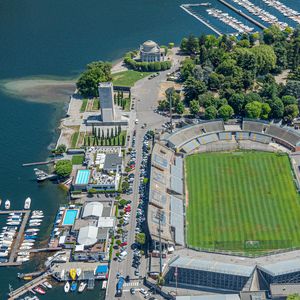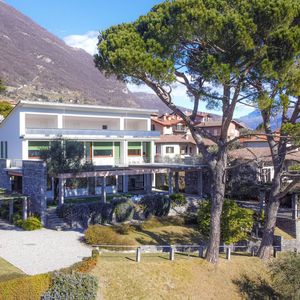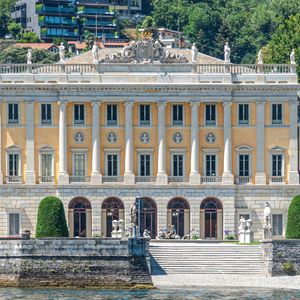The “Abstract Places”
The Lariano (Lake Como area)’s territory concentrates a considerable number of rationalist buildings in a small area by masters such as Cesare Cattaneo (Como, 1912-1943), Mario Cereghini (Lecco, 1903 - Madesimo, 1966), Pietro Lingeri (Tremezzo, 1894 - 1968) and Gianni Mantero (Novi Ligure, 1897 - Como, 1985), with whom Terragni (1904-1943) had a close relationship. These works confirm the intentions of Gruppo 7, founded in 1926 by Terragni (with G. Figini, G. Frette, S. Larco, A. Libera, G. Pollini, C. E. Rava), which represents the official birth of Italian rationalism up to its development in the MIAR (Italian Movement for Rational Architecture). The architectural shapes are reduced to the essential, they become "abstract" far from the "styles" of the past. However, compared to the same, more radical tendency within the European Modern Movement, in the Italian rationalist architecture - and especially the Lariane (Lake Como area) ones - we can notice the search for connections within "tradition" and "classicism", pursued outside the absurdity of the monumentalists' arches and columns, but rather in the elegance and in the calibrated proportion of the volumes, in the sophistication of materials and solutions. In addition to these works, other places in the city refer to the Como Abstract Art Movement: an artistic group that follows in the footsteps of the European abstract avant-garde movement of the 1930s (Suprematism, Neo-Plasticism, Bauhaus), whose main exponents, including Manlio Rho and Mario Radice, Aldo Galli, Carla Badiali, Carla Prina, work in parallel with and related to the architects’ work led by Terragni.


